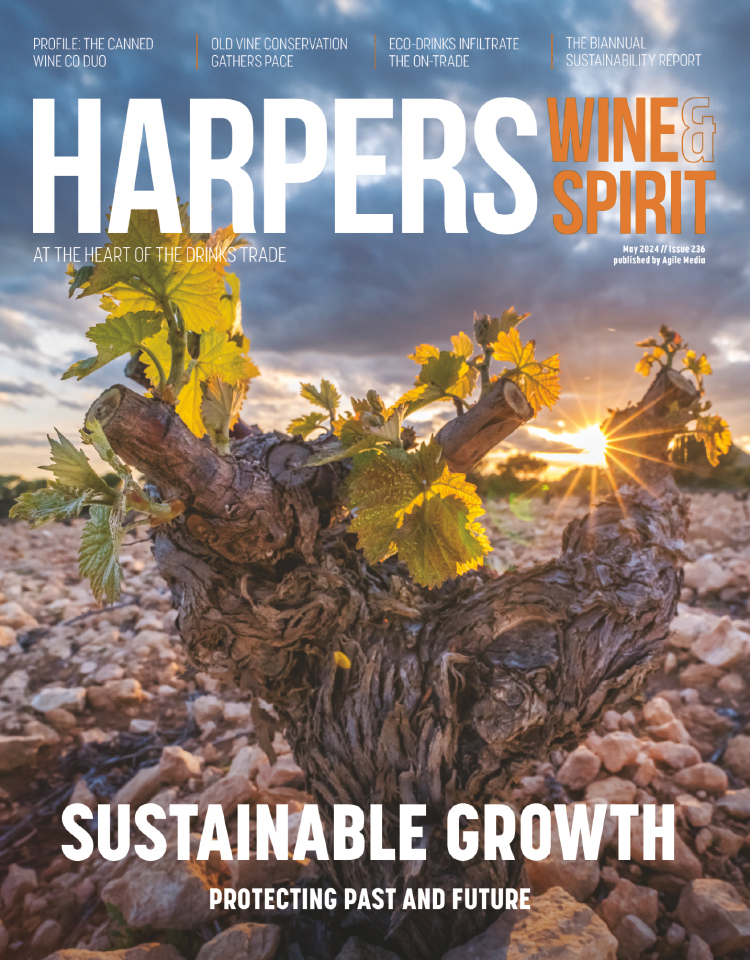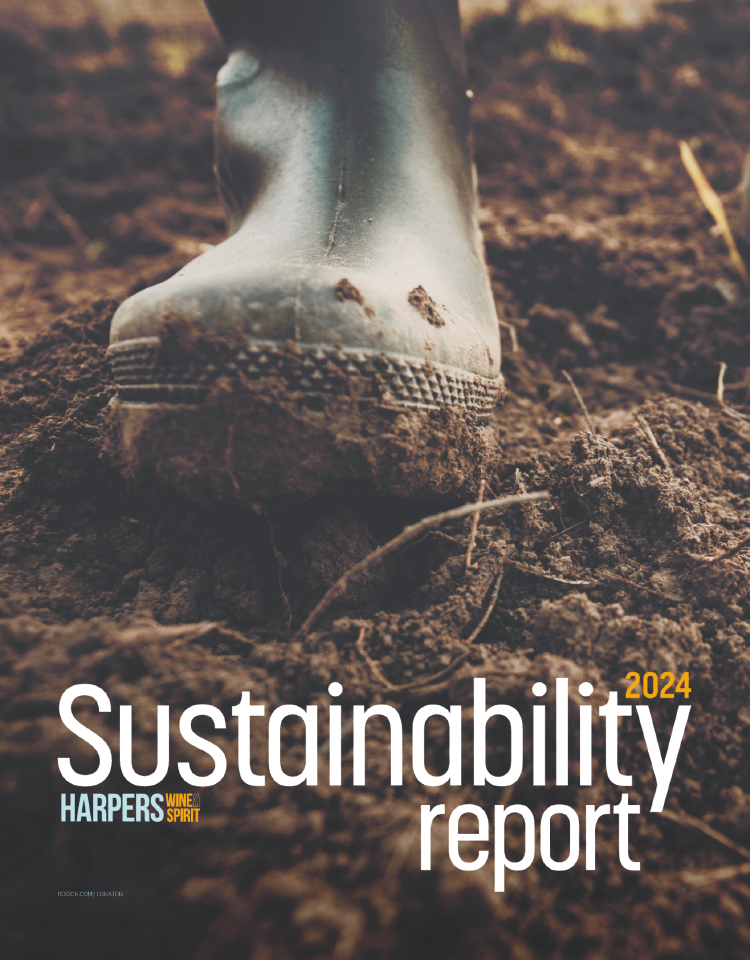
Chile is fastest changing wine producing country claim CYT winemakers
The Chilean wine sector is the fastest changing wine producing country in the world, according to two of Concha y Toro's leading winemakers.
On the day that nearly90 Chilean wine producers head to London's Olympia to show their wines to the UK wine trade as part of the inaugural Beautiful South tasting, Adolfo Hurtado, chief winemaker of Cono Sur and Marcelo Papa, chief winemaker of CYT, have spoken out on the dramatic and exciting changes taking place in the Chilean wine industry.
"I am excited about the future of Chilean wine," said Hurtado.
One of those key features has been the number of vines and wineries now making wines down the coast of Chile where they are taking advantage of the cooler climate to make more versatile and internationally appealing wines.
Marcelo said Chile's power brands like Casillero del Diablo were helping Chile move quickly to the next stage of its development. The sheer scale and volume of Casillero's production means that it is able to change and influence trends.
This includes the development of more coastal Sauvignon Blanc with all of Casillero's Sauvignon Blanc production now coming from coastal vineyards for the first time for its 2013 vintage.
"Casablanca is the area that I think has the greatest potential for Sauvignon Blanc. Over the last 10 years there has been a gradual movement to making Sauvignon Blanc from coastal areas," he added.
Similarly we are now seeing more Syrah being produced along the coast, said Hurtado, and away from the more traditional warmer growing areas inland. "The future of Syrah is also from these coastal regions," said Hurtado. But it also requires different vinification techniques closer to how Pinot Noir is made.
"Eight years ago, for example, I could not have imagined a Syrah coming from the San Antonio valley," he added. "It really reflects the new Chile."
He said the wide use of drip irrigation has been arguably the biggest factor in helping Chilean producers change the way they make wine and also where they can grow grapes. "Before drip irrigation it was impossible to think about making wines in other areas," said Hurtado.
It meant winemakers have been able to make wines with "more elegance, finesse, wine with more drinkability," claimed Hurtado.
Both winemakers admitted these kind of wines, that show "greater freshness and acidity" were better suited to the UK and European markets than then US market which was still largely looking for "rich and bold" wines.
CYT, confirmed Papa, exports 50% of its wines to Europe and around 25% to the US.
One of the key changes taking place in the Chilean domestic market has been the growth in popularity of sparkling wine, particularly as an aperitif and it is even replacing one of Chile's iconic drinks, the Pisco sour, on restaurant and bar wine and drinks lists.
There was still plenty of opportunity for experimentation, stressed Hurtado, who pointed to a an area of 105 hectares north of Santiago, and south of the Andes, that Cono Sur is using to see how grape varieties including Mouvedre, Carignan, Malbec, Cabernet Sauvignon and Tempranillo amongst others get on there. "I have no idea what will happen but it will be very interesting. We started planting two years ago so we will get to see small quantities with the next vintage."





